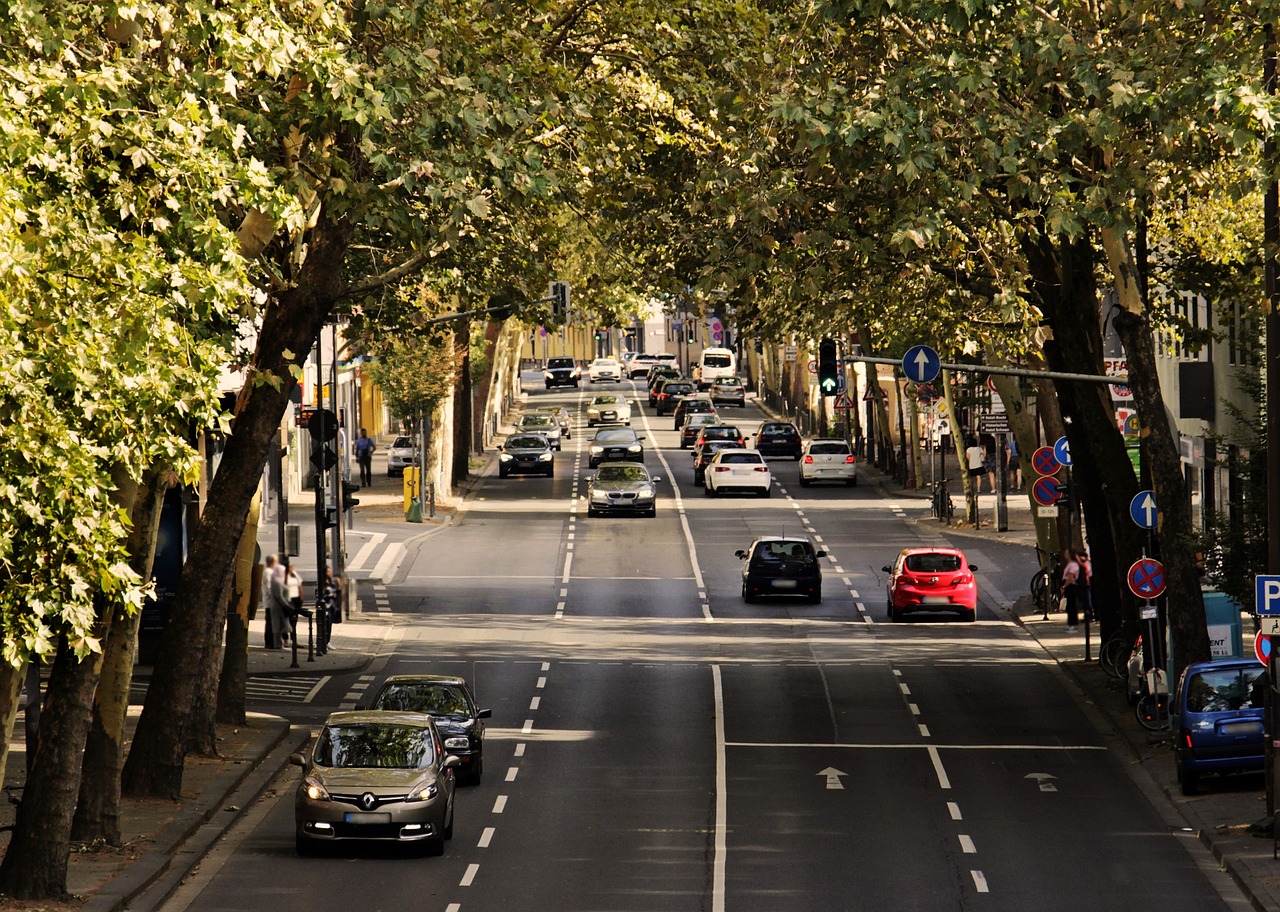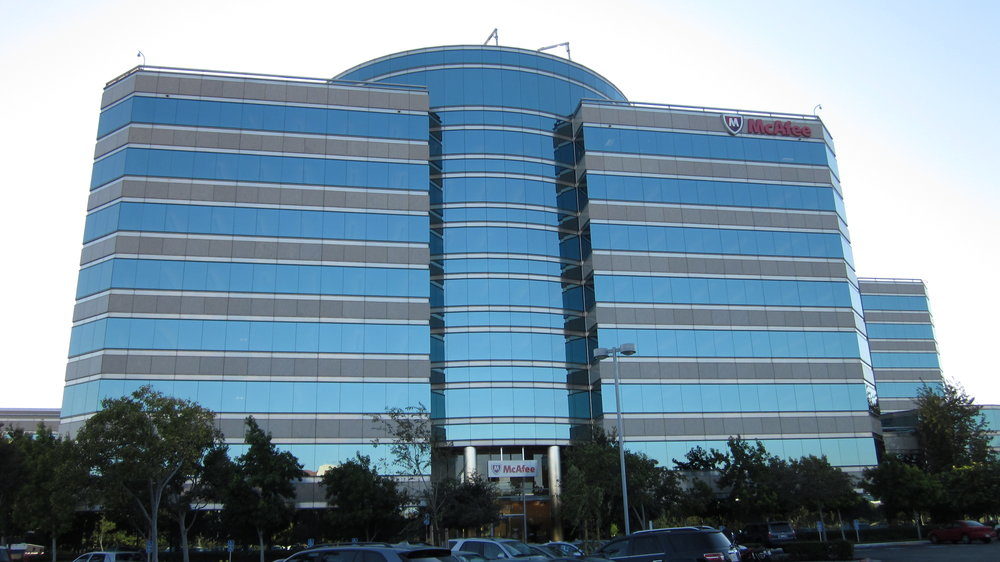
On February 1st, the presentation of the Active Mobility Manifesto. A conference organized by the public-private collaboration and innovation alliance ‘El Futuro de la Movilidad’ and organizations such as the Ministry of Transport, Mobility and Urban Agenda; Ministry of Health; municipalities of Alcorcón, Madrid, Las Rozas, Elche and Seville; Provincial Council of Vizcaya; EMT from Madrid; Decathlon; Network of Cities for the Bicycle; Network of Cities that Walk; Walking Coordinator; Coordinator in Defense of the Bike (CONBICI); Association of Brands and Bicycles of Spain (AMBE); LIVALL; bird; Air Mobility; Wifly; gocleer; and Cyclosphere.
As this manifesto states: “The near future should bring cities with better collective public transport, of course electrified with renewable sources, and a much more significant weight of active mobility (walking and cycling). Active mobility has the virtue of diverting users from private cars and improving the autonomy of people, especially the elderly and children. It also promotes optimal air quality, healthier, habitable, sustainable and resilient environments”.
And it is that active mobility produces, in short, enormous value to society as a whole in terms of mobility, accessibility, habitability, health, economy, equity, sociability and sustainability. Benefits not only for people who move on foot or by bicycle, but also for those who do not, as it frees up space and reduces air and noise pollution.
“It is time for all the agents to collaborate and work together to illuminate a shared vision regarding the present and future of active mobility, building a reference for local entities that helps the deployment of bold policies and the implementation of ambitious lines of action ”explains Sergio Díez, CEO and founder of Connected Mobility Hub, who points out that despite the social and political support enjoyed by active mobility, and especially by bicycle, “it is necessary to continue advancing in policies and measures that normalize and generalize its use. This is a key issue to meet the objective of reducing CO2 emissions by 55% in 2030 compared to the 1990 level”.
Four major areas of intervention
The manifesto identifies four large areas of intervention: urban planning, public space, intermodality and communication and incentives. As he explains:
- Must be intervene on the city scale with an urbanism that generates closeness, mix uses and functions and consequently minimize the need to travel long distances. Only in this way can we reduce the dependence on the private car in our daily mobility.
- Public space is the essence of our cities. After many years in which a large part of the public space has been used for the circulation and parking of private cars, its recovery for the public as a place to meet, stay, play, walk, socialize and practice sports is now being claimed, as well as unequivocal guarantee of citizen rights such as accessibility, health, safety, physical and mental well-being, thermal comfort, etc.
- The intermodality between active mobility, particularly the bicycle, with collective public transport allows for a notable increase in the radius of public transport service, covering a greater proportion of the population. When collective public transport is electrified with renewable energy sources, this intermodality between bicycle and public transport is the only way to guarantee accessibility in urban peripheries under conditions of environmental sustainability. This represents a real and effective alternative to the use of the private car, and allows active mobility to be framed within a multimodal transport system that satisfies the different needs of citizens in relation to their daily mobility.
- Generalize the cultural and paradigm shift of mobilitymaking broad layers of the population adopt active modes, requires a huge effort at the level of communication, awareness, alignment of incentives and coordination of sectoral development plans.
Along these lines, and as highlighted by Luis Morales, head of institutional relations at ‘El Futuro de la Movilidad’, “This is a very necessary manifesto for various reasons such as energy, climate, social and health. We cannot continue moving like this, that is why this change involves a new model”.



